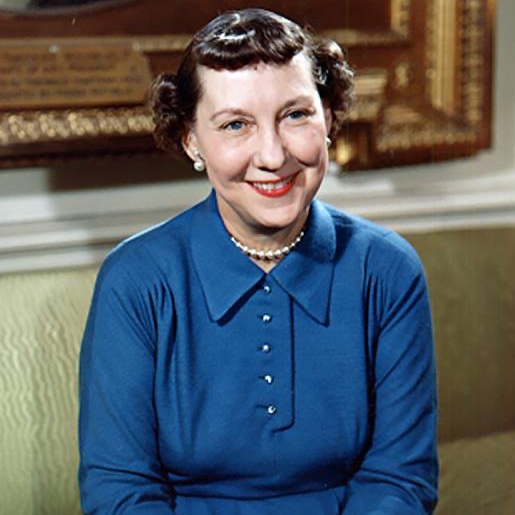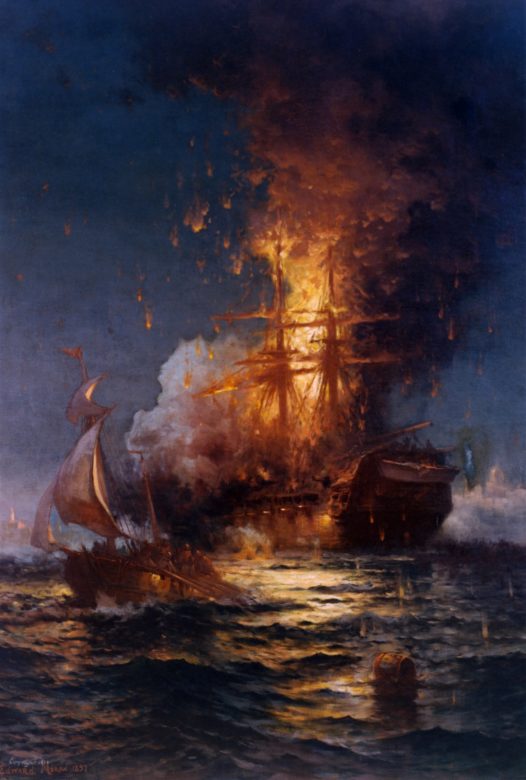#OTD in 1789, George Washington took the oath of office in New York City and became the first president of the United States. Later, he said of this new presidential role, "I walk on untrodden ground." 1/14
Since that day, inaugural ceremonies have evolved considerably. In today’s gallery, review a few images of presidential inaugurations that have culminated in the events we recognize today. 2/14
Inauguration of James Buchanan, President of the United States, at the east front of the U.S. Capitol on March 4, 1857. 4/14
Library of Congress
Library of Congress

President Ulysses S. Grant delivering his inaugural address on the east portico of the U.S. Capitol, March 4, 1873. 5/14
Library of Congress
Library of Congress

President Chester Arthur accompanies President-elect Grover Cleveland from the White House to the inauguration, March Cover of Harper's Weekly, March 15 1885. 6/14
White House Historical Association
White House Historical Association

More than 200,000 spectators witnessed the second inauguration of Theodore Roosevelt in March 1905. 7/14
Library of Congress
Library of Congress

The Inauguration ceremonies of President William Howard Taft on March 4, 1909 were hindered by a severe blizzard. 8/14
Library of Congress
Library of Congress

President Calvin Coolidge rides in a convertible automobile escorted by a mounted honor guard and cavalry escort that adds to the pageantry of his Inaugural Parade, March 4, 1925. 9/14
Library of Congress
Library of Congress

President Franklin D. Roosevelt’s unprecedented third inauguration on January 20, 1941. 10/14
Library of Congress
Library of Congress

President Harry S. Truman's inauguration on January 20, 1949, was the first televised inauguration in the United States. 11/14
Architect of the Capitol photo courtesy of the Library of Congress
Architect of the Capitol photo courtesy of the Library of Congress

Chief Justice Earl Warren administering the oath of office to Richard M. Nixon on the east portico of the U.S. Capitol, January 20, 1969. 12/14
Architect of the Capitol photo courtesy of the Library of Congress
Architect of the Capitol photo courtesy of the Library of Congress

Since the 1981 inauguration of Ronald Reagan, the inaugural stand has been set up on the West front of the Capitol instead of the East Front. 13/14
Architect of the Capitol photo courtesy of the Library of Congress
Architect of the Capitol photo courtesy of the Library of Congress

Learn about inauguration day at the White House in this episode of our podcast, The #1600Sessions 14/14: whitehousehistory.org/1600-sessions/…
• • •
Missing some Tweet in this thread? You can try to
force a refresh






















